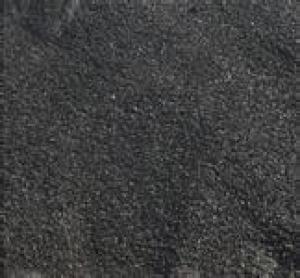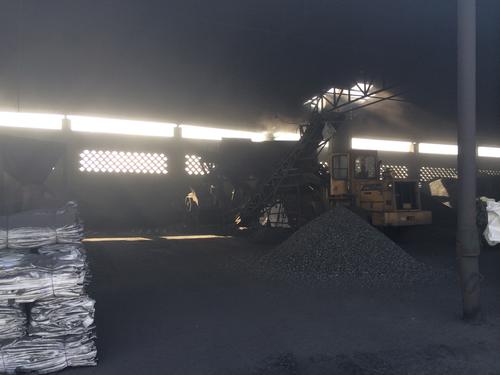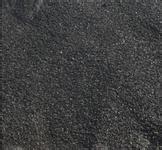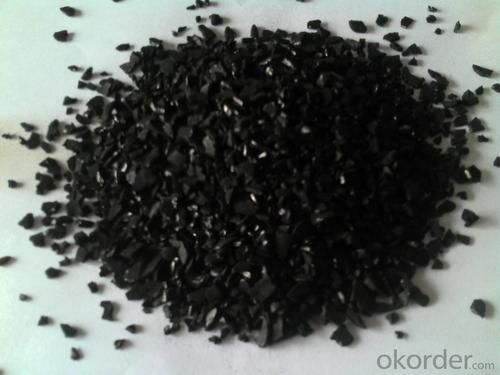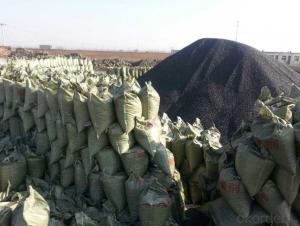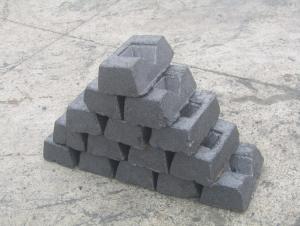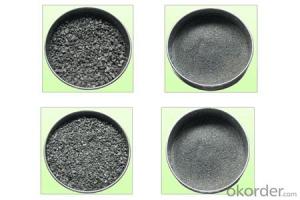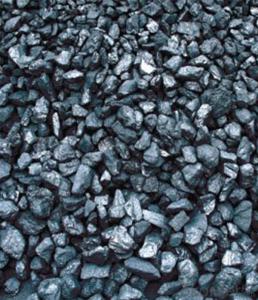Carbon Additive High FC 90%/CNBM China Product
- Loading Port:
- Tianjin
- Payment Terms:
- TT OR LC
- Min Order Qty:
- 0 m.t.
- Supply Capability:
- 100000 m.t./month
OKorder Service Pledge
OKorder Financial Service
You Might Also Like
Specifications
Calcined Anthracite Coal
Fixed carbon: 90%-95%
S: 0.5% max
Size: 0-3. 3-5.3-15 or as request
Packaging & Delivery
| Packaging Details: | 1. carbon additive in 1 MT jumbo bag 2. carbon additive in 25kg PP bag 3. carbon additive in 50 kg woven bag 4. carbon additive in bags then put them on pallet 5.bulk in container 6.as your requirements |
| Delivery Detail: | within 10 days after receiving 30% deposit or LC |
Product Description
Carbon additive (carbon raiser) with characteristic of low ash and low sulfur is made from calcined petroleum coke, graphite petroleum coke or high quality anthracite coal . As an ideal recarburizer and intermediate reactor, it has been widely used in different industries like metallurgy, chemistry, machinery, electricity, etc.
The selection of a charging carbon is determined by the quality requirements of the steel or ferroalloy production as well as the cost and availability of carbon products. So the recarburizer is mainly used in the metallurgy to increase the content of carbon.
General Specification of Calcined Anthracite coal
PARAMETER UNIT GUARANTEE VALUE | |||||
F.C.% | 95MIN | 94MIN | 93MIN | 92MIN | 90MIN |
ASH % | 4MAX | 5MAX | 6MAX | 7MAX | 8MAX |
V.M.% | 1 MAX | 1MAX | 1.5MAX | 1.5MAX | 1.5MAX |
SULFUR % | 0.5MAX | 0.5MAX | 0.5MAX | 0.5MAX | 0.5MAX |
MOISTURE % | 0.5MAX | 0.5MAX | 0.5MAX | 0.5MAX | 0.5MAX |
Size can be adjusted based on buyer's request.
Pictures of Calcined AnthraciteCoal

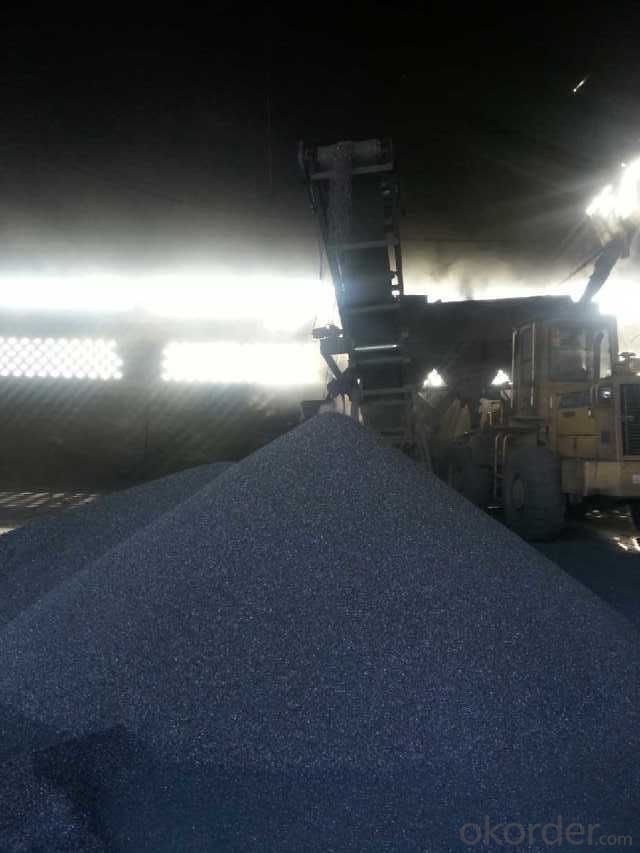
- Q: What are the impacts of carbon emissions on the stability of mountains?
- Mountains are significantly affected by carbon emissions, which have various negative consequences on their stability. One major impact is the acceleration of global warming, resulting in the rapid melting of glaciers and permafrost. Since mountains house numerous glaciers, the rising temperatures cause them to melt at an alarming rate. This melting process can lead to mountain destabilization, increasing the occurrence of landslides and rockfalls. In addition, carbon emissions also contribute to the acidification of rainwater. This acid rain can erode rocks and soil in mountains, weakening their stability. Consequently, this erosion can cause slope instability, making mountains more prone to landslides and other forms of mass movements. Furthermore, carbon emissions play a role in altering precipitation patterns. Mountain ecosystems heavily rely on a delicate balance of rainfall and snowfall. However, the impact of climate change, caused by carbon emissions, disrupts this balance and results in changed precipitation patterns. Consequently, this alteration can lead to increased water runoff and a decrease in snowpack, both of which contribute to mountain destabilization. Moreover, the indirect impacts of carbon emissions on mountain stability can be seen through changes in vegetation patterns. With rising temperatures, plant species tend to migrate to higher altitudes in search of cooler climates. This migration can result in the loss of vegetation in lower elevation areas, which are crucial in stabilizing slopes and preventing erosion. The absence of vegetation cover leads to increased soil erosion, making mountains more vulnerable to landslides and other erosive processes. In conclusion, carbon emissions have severe consequences on the stability of mountains. The acceleration of global warming, acidification of rainwater, altered precipitation patterns, and changes in vegetation patterns all contribute to the destabilization of mountains. It is vital to reduce carbon emissions and mitigate climate change to protect and preserve these majestic natural formations.
- Q: What are the effects of carbon emissions on the stability of ice shelves?
- Carbon emissions have significant effects on the stability of ice shelves. As carbon dioxide (CO2) and other greenhouse gases are released into the atmosphere, they trap heat and contribute to global warming. This increased global temperature leads to the melting of ice shelves and glaciers. One of the primary effects of carbon emissions on ice shelves is the acceleration of their melting rates. Higher atmospheric temperatures cause more ice to melt, which in turn increases the amount of water flowing into the ocean. This added influx of freshwater can disrupt the delicate balance between the ice shelf and the ocean, potentially leading to ice shelf collapse. Additionally, carbon emissions contribute to the thinning of ice shelves. As the atmosphere warms, the air temperature above the ice shelves rises, leading to increased surface melting. This meltwater then flows into crevasses and cracks, causing further fracturing and weakening of the ice shelves. Over time, this thinning can make the ice shelves more susceptible to breaking apart. The melting of ice shelves due to carbon emissions also has indirect effects on the stability of surrounding ice sheets. Ice shelves act as a buttress, providing resistance to the flow of ice from the glaciers into the ocean. When ice shelves collapse or thin, this resistance is diminished, allowing glaciers to flow more freely into the ocean. This process leads to increased sea level rise, which has significant implications for coastal regions around the world. Furthermore, the loss of ice shelves can disrupt the ecosystem and biodiversity of the surrounding areas. Ice shelves provide a platform for various species, including seals and penguins, to breed and feed. When ice shelves disintegrate, these habitats are destroyed, impacting the entire food chain and ecosystem dynamics. Overall, carbon emissions from human activities have profound effects on the stability of ice shelves. The melting, thinning, and collapse of ice shelves contribute to rising sea levels, disrupt ecosystems, and have far-reaching consequences for coastal communities. It is crucial to mitigate carbon emissions and take proactive measures to protect these vulnerable ice shelves and the delicate balance they maintain in our global climate system.
- Q: What are the effects of carbon emissions on the stability of volcanic regions?
- The stability of volcanic regions can be influenced by both direct and indirect effects of carbon emissions. At first glance, the direct impact of carbon emissions on volcanic areas seems relatively insignificant. Volcanic eruptions naturally release carbon dioxide (CO2), so the additional emissions from human activities may not have a significant individual effect on the stability of volcanic regions. However, the increased levels of carbon dioxide in the atmosphere can contribute to climate change, which can indirectly affect volcanic activity. Indirectly, the stability of volcanic regions can be affected by climate change resulting from carbon emissions. The rising global temperatures caused by climate change can lead to the melting of glaciers and ice caps. This, in turn, increases the amount of water on the Earth's surface. The additional weight of water in volcanic areas can potentially add pressure to magma chambers and trigger volcanic activity. Moreover, the increased water levels can result in higher levels of rainfall, which increases the risk of landslides and erosion in volcanic regions, potentially destabilizing the area. Additionally, climate change can alter precipitation patterns and create drought conditions, impacting the hydrological cycle. These changes can affect the availability of water for volcanic regions, ultimately influencing their stability. Volcanoes require water for the production of steam and pressure that can lead to eruptions. If there is a lack of water due to prolonged drought conditions, volcanic activity may decrease. However, unpredictable rainfall patterns can result in an excess of water, leading to an increased risk of flash floods and landslides that can destabilize volcanic areas. It is important to acknowledge that the effects of carbon emissions on the stability of volcanic regions are intricate and can vary based on factors such as local geology, volcanic activity, and climate conditions. Although carbon emissions may not directly cause volcanic eruptions, they can contribute to changes in climate patterns that can indirectly impact the stability of volcanic systems. Further research and monitoring are necessary to fully comprehend and quantify these effects.
- Q: How does carbon affect the formation of heatwaves?
- Carbon dioxide (CO2) and other greenhouse gases trap heat in the Earth's atmosphere, leading to a phenomenon known as the greenhouse effect. Increased carbon emission from human activities, such as burning fossil fuels, contributes to the rise in atmospheric CO2 levels. This, in turn, intensifies the greenhouse effect, causing global temperatures to rise. Heatwaves are extreme weather events characterized by prolonged periods of excessively hot weather. The increased concentration of carbon in the atmosphere contributes to the overall warming of the planet, making heatwaves more frequent, intense, and longer-lasting. Hence, carbon plays a significant role in the formation and exacerbation of heatwaves.
- Q: What are the impacts of carbon emissions on urban environments?
- Urban environments are significantly affected by carbon emissions, with air pollution being one of the most notable consequences. The release of carbon dioxide and other greenhouse gases from vehicles, factories, and power plants contributes to the formation of smog and harmful particulate matter in cities. This pollution poses serious health risks to residents, especially those with respiratory conditions, and can result in increased hospital admissions and premature deaths. In addition, carbon emissions contribute to climate change, which has wide-ranging implications for urban areas. Rising temperatures and changing weather patterns can intensify heatwaves, leading to an increase in heat-related illnesses and fatalities. The frequency and severity of extreme weather events, such as hurricanes and floods, can cause significant damage to infrastructure and disrupt essential services like water supply and transportation. Furthermore, coastal cities face the threat of rising sea levels as a result of carbon emissions. The melting of polar ice caps and the expansion of seawater contribute to flooding and erosion, particularly in these areas. This can lead to the loss of valuable land, displacement of populations, and damage to critical infrastructure such as buildings, roads, and sewage systems. Additionally, carbon emissions contribute to the urban heat island effect, whereby cities experience higher temperatures compared to surrounding rural areas. This is due to the absorption and retention of heat by urban materials like concrete and asphalt. The urban heat island effect can worsen the health risks associated with heatwaves and increase the demand for cooling, thus furthering carbon emissions. Lastly, carbon emissions have economic ramifications for urban environments. The costs of mitigating and adapting to climate change effects, such as implementing climate-resilient infrastructure and disaster response measures, can be substantial. Additionally, air pollution and extreme weather events can result in increased healthcare expenses and productivity losses. To address these impacts, it is crucial to reduce carbon emissions by transitioning to cleaner energy sources, promoting sustainable transportation options, and implementing energy-efficient practices in buildings. Urban planning and design should also prioritize the creation of green spaces, tree planting, and the use of reflective and permeable materials to combat the urban heat island effect. By tackling carbon emissions in urban environments, we can create healthier and more resilient cities for present and future generations.
- Q: How does carbon impact air quality?
- Carbon can have a significant impact on air quality through the release of carbon dioxide (CO2) and other carbon-based pollutants into the atmosphere. The burning of fossil fuels, such as coal, oil, and natural gas, releases large amounts of carbon dioxide, which is a greenhouse gas responsible for climate change. Increased levels of carbon dioxide in the atmosphere contribute to the warming of the Earth's surface, leading to adverse effects on air quality. Furthermore, carbon-based pollutants, including carbon monoxide (CO) and volatile organic compounds (VOCs), can be emitted during the incomplete combustion of fossil fuels or other organic materials. These pollutants have harmful effects on human health and can contribute to the formation of ground-level ozone, a major component of smog. Ozone can cause respiratory problems, lung damage, and worsen existing respiratory conditions such as asthma. Additionally, carbon particles, known as black carbon or soot, are released from the burning of fossil fuels, biomass, and other organic matter. These particles can directly impact air quality by absorbing sunlight and reducing visibility. Moreover, when these particles are inhaled, they can penetrate deep into the lungs, causing respiratory issues and potentially leading to long-term health problems. Reducing carbon emissions is crucial for improving air quality and mitigating the negative impacts on human health and the environment. Transitioning to cleaner and more sustainable energy sources, such as renewable energy, can help reduce carbon emissions and improve air quality. Implementing stricter regulations and emission standards for industries and vehicles can also contribute to reducing carbon pollution and improving overall air quality.
- Q: I bought a grill myself and went to barbecue with my friends the day after tomorrow, but I can't ignite the carbon. What should I do?
- Use alcohol to pile up the carbon into Pyramid type. Bring the alcohol up for a minute and then ignite. If there is no alcohol, buy a bottle of water from the building materials store
- Q: What are the effects of carbon emissions on the stability of alpine ecosystems?
- The stability of alpine ecosystems is significantly and extensively affected by carbon emissions. Carbon emissions, mainly in the form of carbon dioxide, contribute to the greenhouse effect and subsequent climate change, thereby causing a series of impacts that directly influence the stability of alpine ecosystems. One of the most noticeable consequences is the rise in global temperatures. With increasing temperatures, glaciers and snow caps in alpine regions melt at accelerated rates. This has a profound impact on the availability of freshwater resources since alpine regions often serve as the origin of major rivers and lakes. Decreased water availability not only affects the survival of plant and animal species but also has consequences for human populations that rely on these water sources for agriculture, drinking water, and hydropower generation. Another result of carbon emissions is the alteration of precipitation patterns. Climate change disrupts the balance between rainfall and snowfall in alpine ecosystems, leading to more frequent and intense droughts or rainfall events. Such changes in precipitation patterns can result in soil erosion, landslides, and the overall instability of alpine terrain. This poses a threat to the survival of alpine flora and fauna, as well as the loss of crucial habitats and biodiversity. Furthermore, carbon emissions contribute to the acidification of alpine lakes and rivers. Increased carbon dioxide in the atmosphere dissolves in water bodies, forming carbonic acid. This acidification negatively affects aquatic organisms, such as fish and amphibians, impairing their reproductive abilities, altering their behavior, and even causing mortality. It also disrupts the delicate balance of alpine freshwater ecosystems, leading to a decrease in species diversity and ecological resilience. Lastly, carbon emissions can indirectly impact alpine ecosystems through the expansion of invasive species. Climate change creates favorable conditions for the migration of non-native plant and animal species to higher elevations. These invasive species can outcompete native flora and fauna, disrupt ecological interactions, and ultimately lead to the displacement or extinction of native species. This disrupts the natural balance of alpine ecosystems and compromises their stability. In conclusion, the stability of alpine ecosystems is profoundly affected by carbon emissions. These emissions contribute to the melting of glaciers, alteration of precipitation patterns, acidification of water bodies, and the spread of invasive species. These impacts disrupt the balance of alpine ecosystems, leading to the loss of biodiversity, degradation of habitats, and reduced availability of freshwater resources. Urgent action to mitigate carbon emissions is crucial to preserve the stability and functioning of these fragile ecosystems.
- Q: The difference between graphite and carbon
- There are three kinds of carbon allotropes, namely diamond, graphite and amorphous carbon.Graphite is a crystalline mineral of carbonaceous elements, and its crystalline framework is hexagonal layered structure
- Q: What is a carbon electrode? What's the use? What's the current situation in the industry? Try to be specific. Thank you
- 2, application:Compared with other carbon products, carbon electrode has the characteristics of wide application field, and can be used in the smelting furnace of industrial silicon, yellow phosphorus, calcium carbide, ferroalloy and so on. Carbon electrodes have been used all over the mine furnace in developed countries.At present, in the smelting furnace of industrial silicon and yellow phosphorus, the graphite electrode with higher price has been replaced. In the submerged arc furnace of the same capacity, compared with graphite electrode, carbon electrode diameter can be made larger (now the domestic production of carbon electrode, Phi 650- Phi 1200mm graphite electrode at home can do with 600mm) in the furnace, arc zone broadening, arc stability, ensure the hot efficiency, increase the output of products, reduce the power consumption of products.
Send your message to us
Carbon Additive High FC 90%/CNBM China Product
- Loading Port:
- Tianjin
- Payment Terms:
- TT OR LC
- Min Order Qty:
- 0 m.t.
- Supply Capability:
- 100000 m.t./month
OKorder Service Pledge
OKorder Financial Service
Similar products
Hot products
Hot Searches

